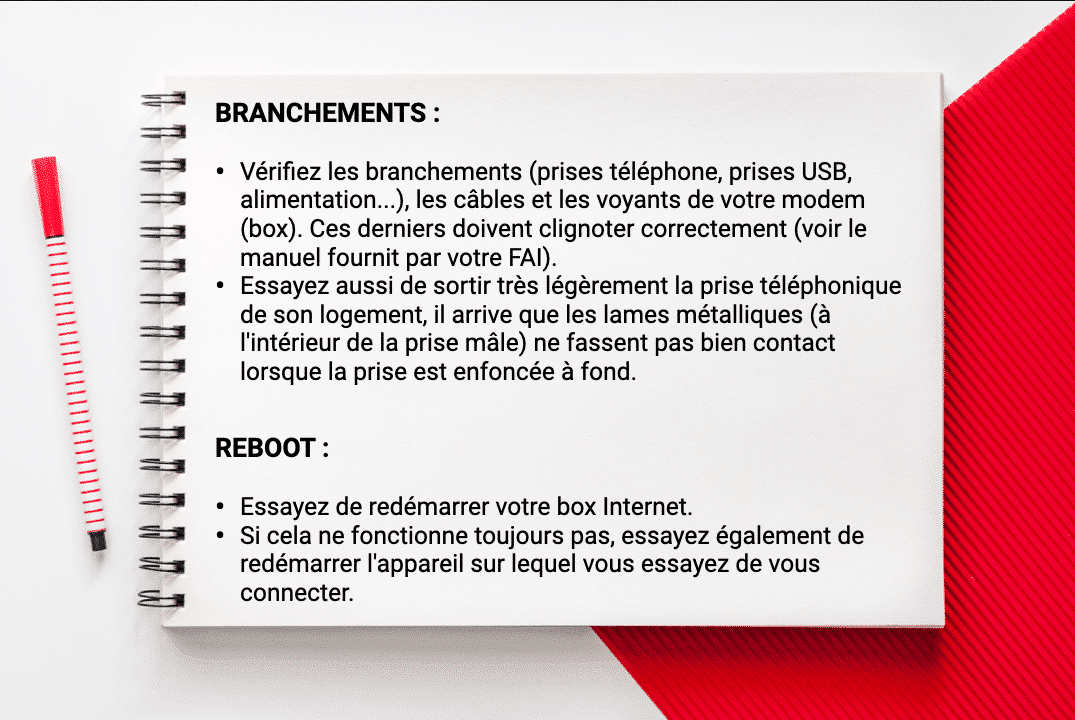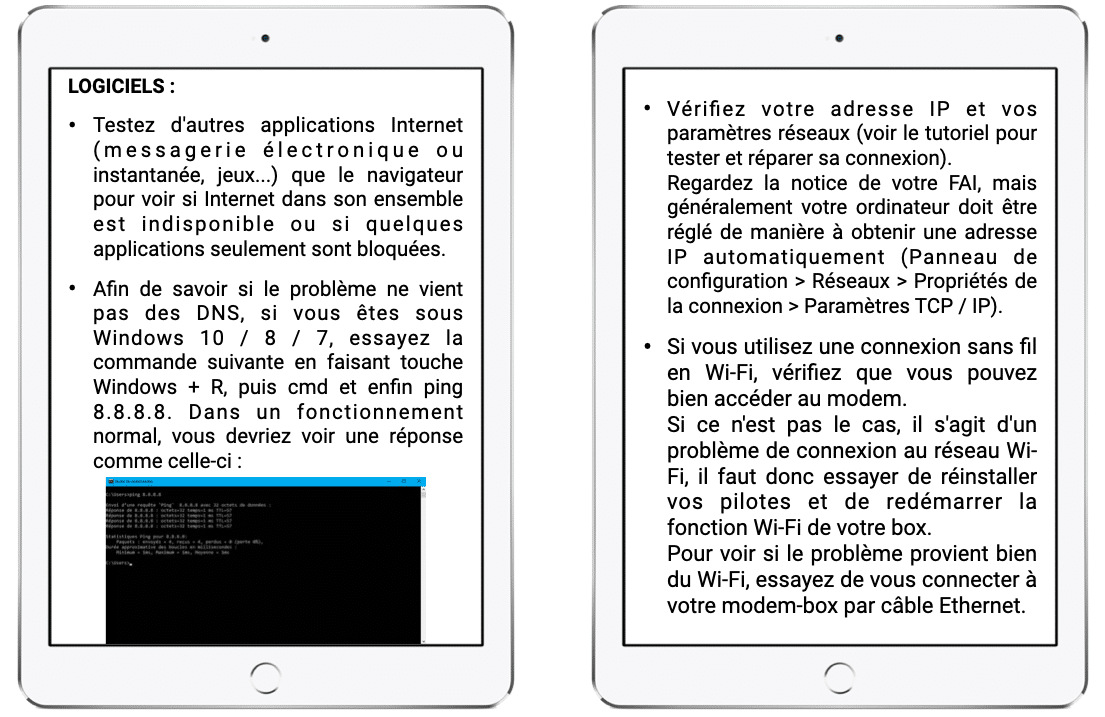The curse of knowledge is a cognitive bias that occurs when an individual communicating with other individuals, unknowingly assumes that the others have the background to understand.
Before going any further…
Before exploring the curse of knowledge concept, ask yourself these 3 simple questions:
- As a learner have you ever sat open-mouthed thinking, “wow, he’s talking gibberish…”
- As a trainer, have you ever struggled to communicate a concept because the vocabulary you used required prior knowledge of the subject?
- As a trainer, have you ever felt helpless when faced with your learner’s lack of understanding and your own ability to put yourself in his or her shoes?
You’re not the only one!
This concept, coined by Robin Hogarth in 1986 (Curse of Knowledge) addresses the difficulty of a person having acquired a particular item of knowledge to “backtrack”, that is, to recreate their state of mind. Let’s look at a specific example, the famous “Where’s Wally?” books. As long as you are unaware of Wally’s location, he seems totally absent and impossible to find. Once you know where he is, it becomes hard to imagine how invisible he is for other people and this can even become frustrating at times.

Training and education, the two major victims
“All grown-ups were once children…but only a few of them remember it,” Antoine de Saint Exupéry. As you will have understood, it is extremely hard to remember the difficulties we faced before fully grasping a topic or a tool. Without being able to put ourselves in the learner’s place, it’s complicated for trainers to provide optimal support, to flag or pinpoint important issues for learners.
Let’s do a test, imagine you no longer have Internet on your computer and you’d like to get it back.
Below is part of a tutorial I found after doing a quick search:

On a scale of 0-5, how well did you understand this part of the tutorial? Personally, I’d give it 4/5!
And here is another part of the same tutorial:

On a scale of 0-5, how well did you understand this part of the tutorial? Personally, I’d give it 2/5!
Now, let’s ask ourselves a few questions about the answer provided:
When considering the question, “I have an internet connection problem, how can I solve it?”, can we guess the learner’s level?
- If yes, can we consider that the answer is suited to the learner’s implied level?
- If no, can we consider that the answer is suited to all levels?
- Did we answer the question? Is the answer satisfactory?
Regarding the grades you gave above, would you have given the same grades if you were 12 or 70 years old? This issue raises so many questions which require an answer.
Training for the benefit of learners
Remember: you cannot overcome the curse. So, you’ll need to work with this cognitive bias in mind. We’d like to give you some good practices to put in place in order to alleviate its impact.
- Stipulate the necessary prerequisites. When creating content which is not designed for novices, stipulate what knowledge is necessary to do the course under good conditions.
- Adapt the vocabulary and the course level to target learners. Your learners cannot concentrate on vocabulary and new concepts to learn. So, get used to connecting a known expression to a new concept.
For example : The platform also known as the Mission Center, the Mission Center (the platform, the back office), etc.
If the learner population is heterogenous, opt for the combo:- vocabulary
- fundamentals recap
- link to an annexed course
For example : for this course, you’ll need to be at ease with the concepts of IP address, VPN, etc. If you do not fully master these subjects, please do the “IT beginners” course.
- Test your content on a sample of the population. It is important to test a population with the same level of skill as the target. Gather feedback from this target and do not judge their feedback, remember that the curse of knowledge skewers your assessment.
Thanks to these different means, your learners will only open relevant content, while completion and retention levels will be enhanced. Similarly, cross-pollination between different levels of education will spotlight other courses for ever greater fluidity.
In concrete terms, in a Teach on Mars course:
- You flesh out your course description with objectives and prerequisites
- You use the Toolbox to insert vocabulary in annex to your course
- Use a Mobile Course at the start of the course to review the fundamentals or you insert a refresher card in your activities
- At the end of the course, you provide a link (Weblink activity) to a higher level course or to a connected topic

D’abord éditrice de manuels scolaires, professeure et coordinatrice pédagogique à l’Université, Julia a rejoint l’équipe Learning Experience chez Teach on Mars pour apporter ses compétences en pédagogie. La gamification et la différenciation pédagogique sont notamment ses chevaux de bataille.




